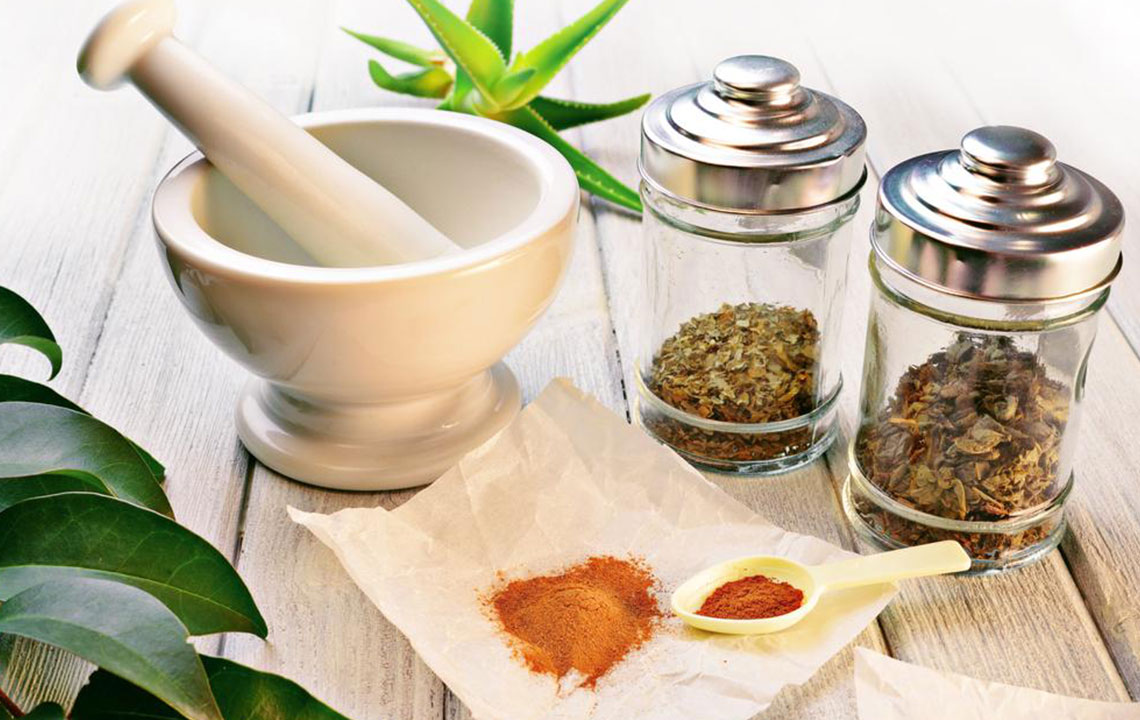3 Natural Ways to Lower LDL Cholesterol

Cholesterol is present in your bloodstream and is classified as good and bad cholesterol. High levels of LDL or bad cholesterol leads to atherosclerosis, a plaque build up in the arteries which increases the risk of cardiovascular diseases. These include angina, coronary heart disease, heart attack, and stroke. If your medical tests reveal, high LDL cholesterol levels, you need to take measures to bring it down. Listed below are ways that help to reduce LDL Cholesterol and keep them within a healthy range.
Lose some extra pounds
Being overweight can automatically lead to high LDL levels. Obesity is a risk factor for cardiovascular diseases and other chronic health conditions. Studies have proved that reduction in body weight does lower the LDL cholesterol levels. Exercising gives your metabolism a boost, and thus increases the fat burning capacity. You can take up low-impact exercises such as jogging, swimming, cycling, and stretching. You can also take up aerobics and running. Following a regular exercise schedule can effectively lower the LDL cholesterol levels by 5% to 10%.
Adopt a healthy lifestyle
Smoking leads to the formation of oxidized LDL, a potent type of LDL that can lead to atherosclerosis. So quitting cigarettes can considerably reduce your LDL cholesterol levels. Some studies suggest that you will be able to lower the LDL cholesterol levels by almost 5% by kicking the smoking habit. Limited consumption of alcoholic drinks such as wine and beer has been found to reduce LDL cholesterol levels by 4% to 8%. However, binge drinking can put you at an increased risk of heart disease. Therefore exercise moderation when it comes to alcohol.
Follow the right diet
What you eat has a huge impact on your heart health. A nutritious and balanced diet, not only helps you to knock off the excess pounds but also improves your cardiovascular functions. Foods that contain high levels of soluble fiber and phytosterols reduce to lower LDL cholesterol. Several types of research have concluded that following a proper diet and maintaining an ideal body weight can help to significantly lower the LDL cholesterol as much as by 20%. You can include the following foods in your daily diet, and you’ll notice a significant decline in the LDL cholesterol levels.
- Oats
Oats contain a high amount of soluble fiber. The beta glucan present in oats helps to bind the cholesterol that circulates in the blood. When the cholesterol binds to the soluble fiber, it gets excreted, thus preventing the excessive buildup of cholesterol. An intake of 5 grams of soluble fiber in a day can help to lower the LDL cholesterol by 5%. - Garlic
Rich in sulfur antioxidants, garlic is an excellent home remedy to keep cholesterol levels under check. Regular consumption of garlic not only lowers the LDL levels but also boosts the HDL levels in the blood. - Turmeric
Curcumin in turmeric is a powerful antioxidant. Turmeric reduces the LDL cholesterol and thus prevents the plaque formation along the artery walls. Therefore, protecting the heart from harmful blockages which can lead to heart attacks. Along with turmeric, increase the consumption of herbs in your diet like rosemary and basil. - Green Tea
Green tea contains antioxidant compounds and catechins. It contains epigallocatechin gallate (EGCG), therefore drinking 3 to 4 cups of green tea in a day helps to lower the levels of LDL cholesterol. - Beans
Like oats, beans too are rich in soluble fiber. The body requires some time to digest the beans, therefore they are great for someone who wants to lose weight. Additionally, there are a lot of options in beans that you can try like kidney and navy beans, lentils and garbanzos. - Fruits
Certain types of fruits are packed with pectins, a form of soluble fiber that helps regulate the bad cholesterol levels. Some of the fruits that you should include in your diet are strawberries, oranges, apples, and grapes. - Fatty fish
Fatty fish comprise Omega-3 fatty acids which are known to bring down inflammation levels in the body. It can reduce triglycerides, a kind of fat in the blood. As result, the bad cholesterol in the body declines and the chances of strokes, blood clotting, and low blood pressure reduces too. Mackerel, tuna, salmon, herring, lake trout, and sardines are some fishes that have a high level of Omega-3.
LDL cholesterol is not only harmful to the heart but can also trigger health issues like diabetes and hypertension. Hence, it is essential that your cholesterol levels are regularly observed, and if high LDL cholesterol is detected, then you should take immediate measures to control it.


